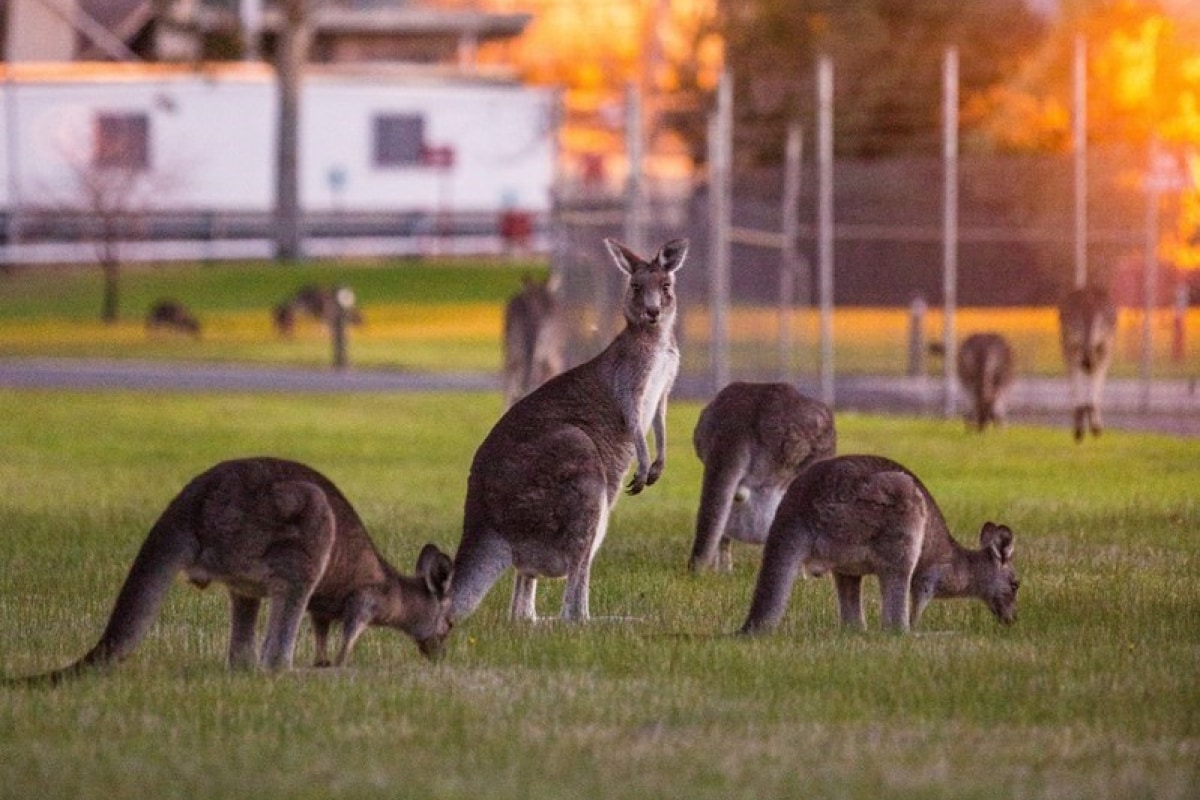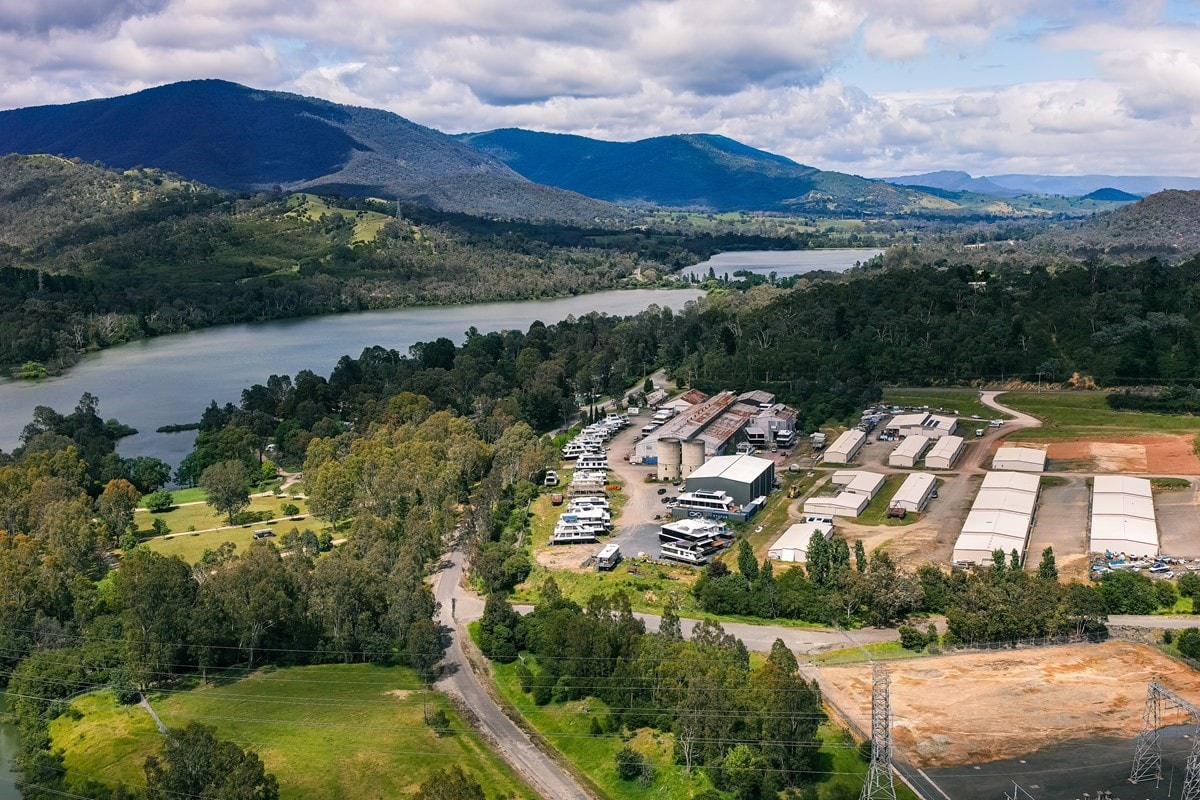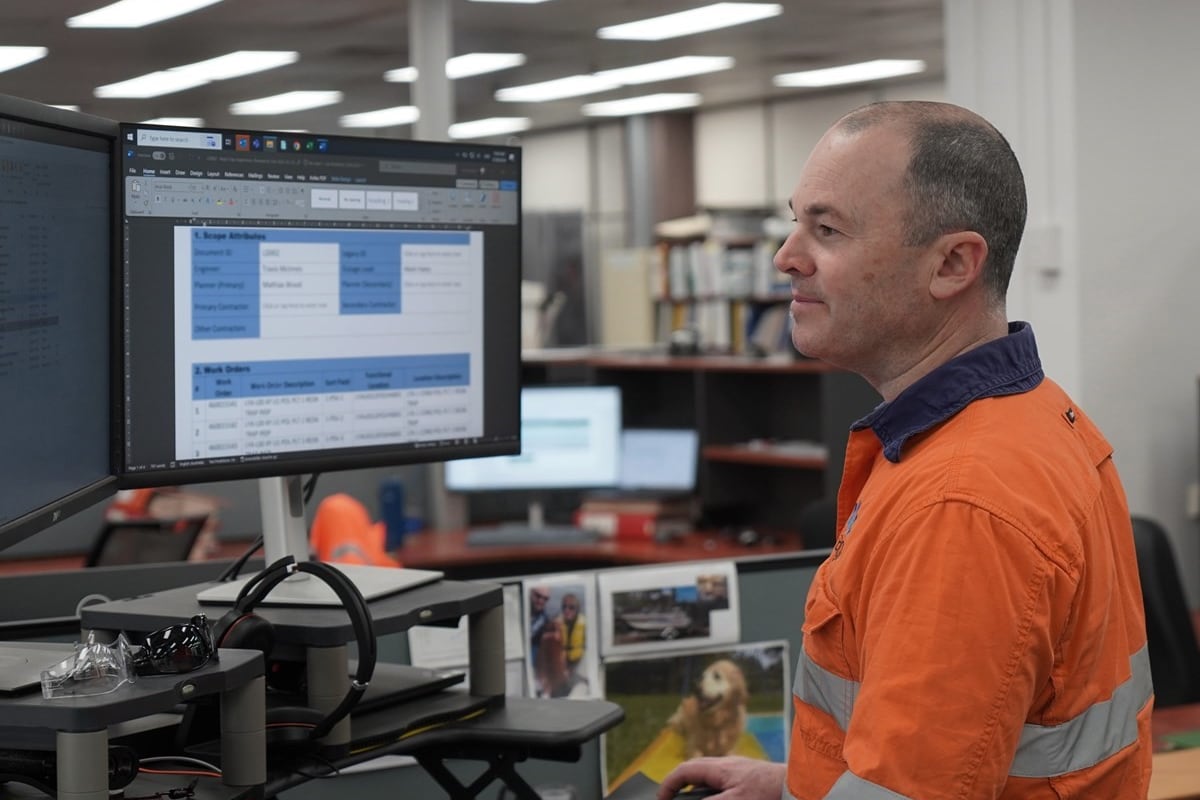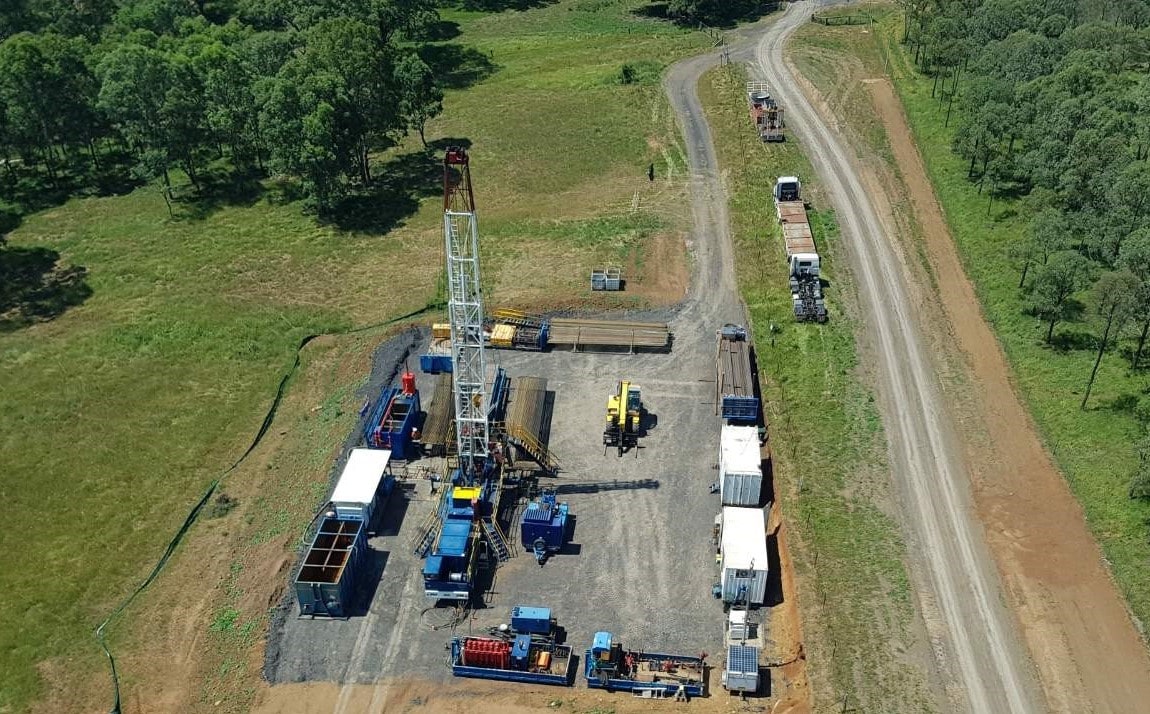Future low-carbon world
AGL operates the largest private electricity generation portfolio in Australia. The operation of this portfolio, which includes two coal-fired power stations, makes AGL Australia’s largest corporate greenhouse gas emitter, and we recognise both the responsibility and opportunities that this presents to lead the country’s energy transition.
AGL has a key role to play in Australia’s energy transition. By delivering on our strategy through our energy portfolio transition commitments, and supporting customers to decarbonise, we are making good progress toward delivering on one of Australia’s largest corporate decarbonisation initiatives.




